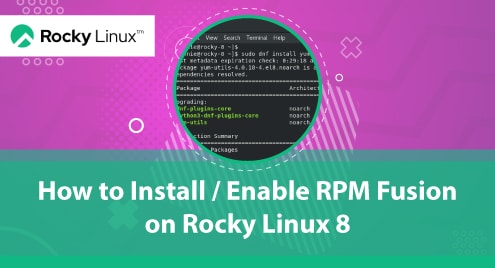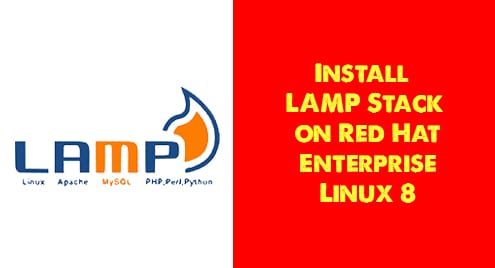RPM Fusion is a unique repository that provides addon packages not included in RedHat and Fedora Project. The software provided by RPM Fusion comes in the form of precompiled RPMs for current RHEL distributions such as Rocky, AlmaLinux, and CentOS as well as Fedora releases. You can use such repositories with package managers such as YUM and DNF. The goal of RPM is to provide as much add-on software as possible for RHEL and Fedora Project.
Step 1: Enable EPEL repository
To get started, let’s start on clean slate and check if RPM Fusion is installed.
$ dnf repolist | grep rpmfusion
The blank output on the terminal is sure proof that RPM Fusion is not installed.

With that out of the way, we will now commence the installation of the RPM Fusion repository by ensuring that EPEL package is enabled.
$ sudo dnf install epel-release
In our case, we already have it installed.

Next, refresh the system repositories & update packages.
$ sudo dnf update
Once updated, proceed to the next step.
Step 2: Add RPM Fusion repositories
RPM Fusion encompasses both free and non-free repositories. If you are an opensource fan, you will probably want to install and enable the free repository. To do this, invoke the command:
$ sudo dnf install --nogpgcheck https://mirrors.rpmfusion.org/free/el/rpmfusion-free-release-8.noarch.rpm
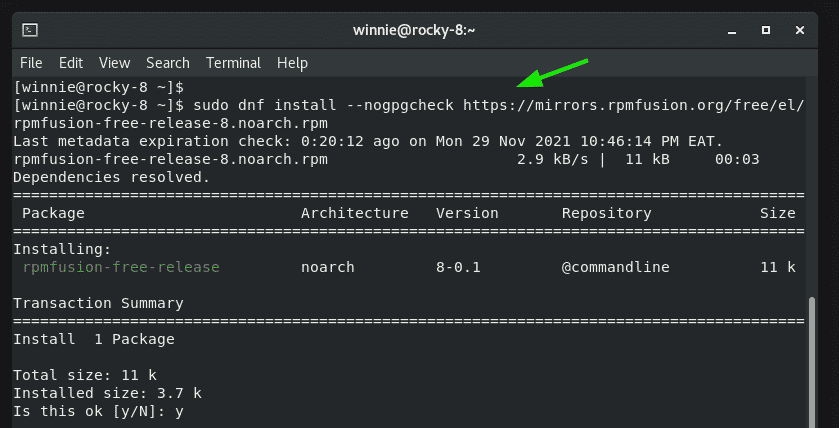
When the installation of the free RPM Fusion is done, the output shown will be a confirmation that all went as planned.
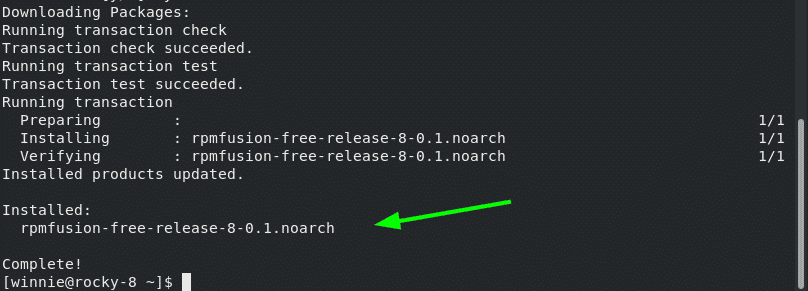
Moreover, you can install the RPM Fusion non-free repository as follows.
$ sudo dnf install https://mirrors.rpmfusion.org/nonfree/el/rpmfusion-nonfree-release-8.noarch.rpm
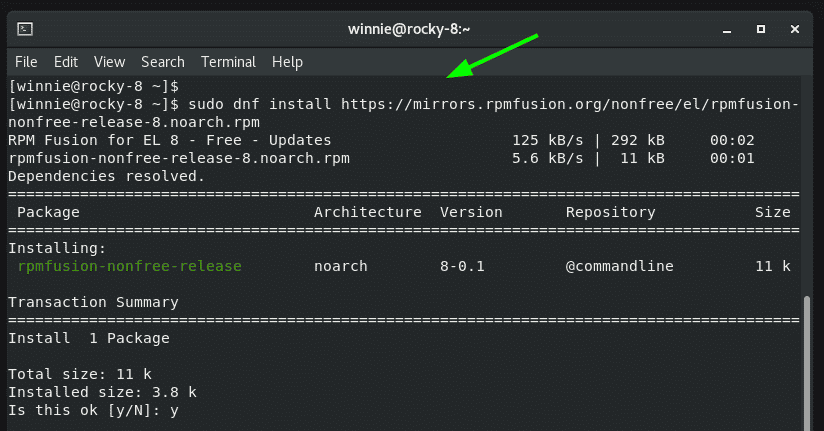
Follow right till the end and the installation will be complete.
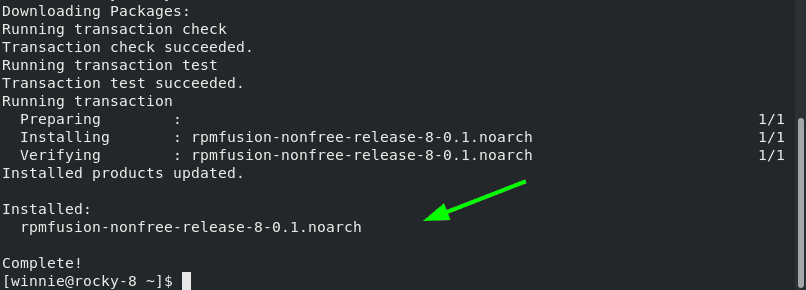
On the terminal, confirm that both the free and non-free repositories provided by RPM Fusion have been installed.
$ dnf repolist | grep rpmfusion

Step 3: Searching and installing software from RPM Fusion
In this section, we will try something ambitious and try to install a software package from the free repository. First, you can search for its availability before installing as shown. In this example, we are probing for the availability of the vlc software package.
$ sudo dnf repository-packages rpmfusion-free-updates list | grep -i vlc
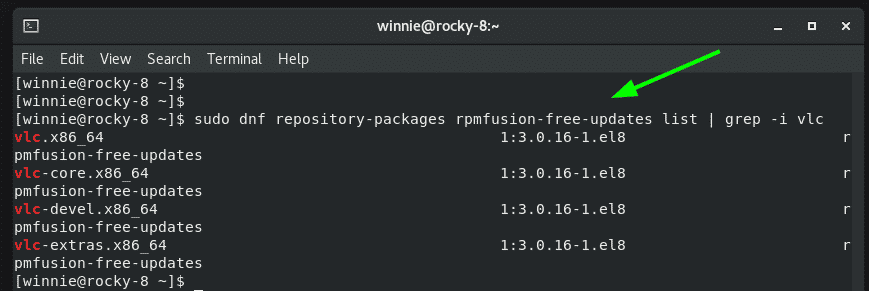
To install the package execute the command:
$ sudo dnf install vlc-devel
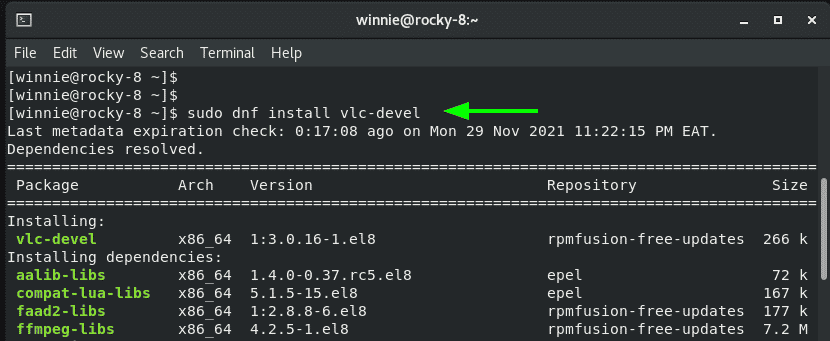
Step 4: Disabling and enabling RPM Fusion repositories
Suppose you have added the RPM Fusion repositories and you don’t desire your system to use them. How can you disable the repositories? TO achieve this, install the yum-utils package.
$ sudo dnf install yum-utils
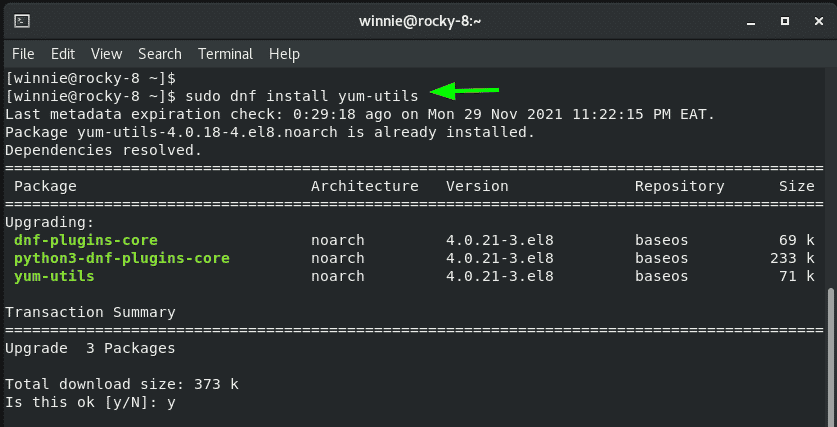
Once installed, you can disable the free repository as follows.
$ sudo yum-config-manager –-disable rpmfusion-free-updates
Thereafter, verify that the repository has been disabled and not avaiable to the system for use.
$ sudo yum repolist disabled | grep -i rpmfusion

If you feel the need to enable it again, execute the command:
$ sudo yum-config-manager –-enable rpmfusion-free-updates

To entirely remove the Free RPM Fusion repo, run the command.
$ sudo dnf remove rpmfusion-free-release -y
Likewise, execute the command shown to purge the non-free repository.
$ sudo dnf remove rpmfusion-nonfree-release -y
Closing thoughts
The RPM Fusion repository is a perfect option for additional software which is not made available by Red Hat or Fedora Project by default. You can seamlessly install the software without having to rely on flatpak or snaps which are usually bulky and take a lot of disk space.

